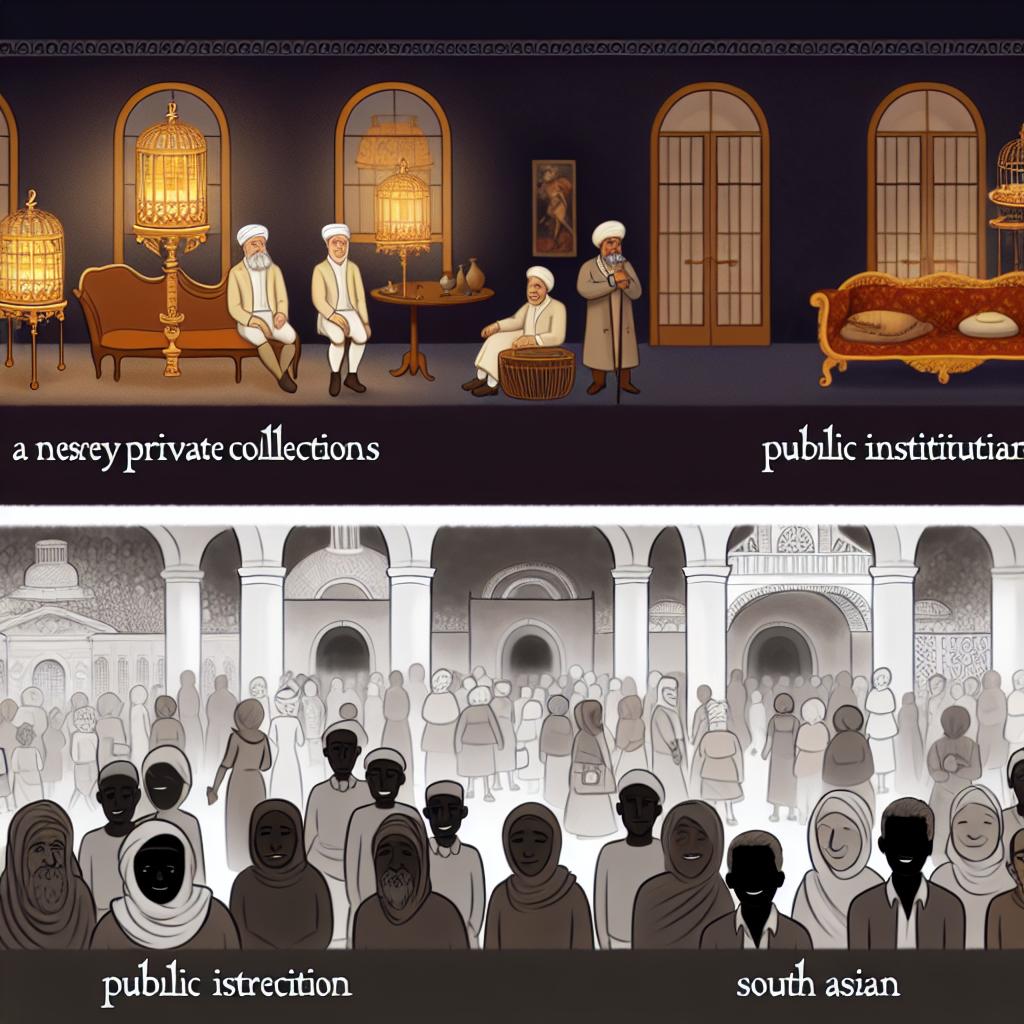The Origins of Museums in Europe
The development of museums in Europe is a fascinating journey that reflects broader social and cultural transformations. The roots of these institutions extend back to the Renaissance, a period when intellectual curiosity and a passion for collecting emerged among Europe’s elite. During this time, the collections known as “cabinets of curiosities” were curated by wealthy individuals interested in showcasing a variety of rare and exotic objects. These assemblages included natural history specimens, scientific gadgets, oddities, and fine art. Such collections were a statement of the owner’s wealth, taste, and knowledge.
From Private to Public Collections
As we moved into the late 17th and early 18th centuries, the concept of collections evolved from being exclusive to accessible. The transition from private ownership to public accessibility marked a significant evolution in the role of museums. One of the most notable early examples of this transition is the British Museum, founded in 1753, which emerged from the personal collection of Sir Hans Sloane. The establishment of this museum was a revolutionary step, representing the genesis of museums as institutions dedicated to public education and cultural preservation. This era laid the foundation for museums to evolve from mere exhibitions of wealth to becoming venues for learning and cultural enrichment.
Expansion Throughout the Enlightenment
The Enlightenment era was pivotal for the conceptual expansion of museums. The period was characterized by a burgeoning belief in reason, science, and the dissemination of knowledge. These ideas naturally extended into the museum realm, pushing for institutions that were not merely collections of artifacts but centers of learning. The transformation of the Louvre Museum in Paris is a prime example. Originally a royal palace, the Louvre was converted into a public museum during the French Revolution, symbolizing a larger shift toward more democratic access to culture and knowledge. This transition was powered by the Enlightenment ideal that art and history should be accessible to all, not just the privileged few.
19th Century Developments
The 19th century was an era of significant growth and transformation for museums across Europe. This period saw the foundation of many major institutions. For instance, the Vatican Museums expanded their holdings significantly, benefiting from the Catholic Church’s extensive collection of art and artifacts. Similarly, London’s National Gallery was established, emphasizing the importance of having dedicated spaces for art that were open to the public. The era was marked by advances in fields such as archaeology and natural sciences, which greatly enriched museum collections. Museums became repositories not just of human artistic achievement but of our scientific and cultural heritage, reflecting a more comprehensive view of human history.
Modern Museums in Europe
Today’s European museums are dynamic institutions striving to balance tradition with innovation. They continue to evolve by embracing new technologies and methodologies to enhance the visitor experience. Digital platforms now play an essential role in museums like the British Museum and the Louvre, as they reach a global audience far beyond their physical borders. These platforms enable access to collections through virtual tours and online galleries, making art and history accessible on an unprecedented scale.
The modern museum experience often includes interactive exhibits and multimedia installations that engage visitors in new ways. This interactive element is crucial to appealing to diverse audiences and aiding educational initiatives. European museums today aim to foster a deeper understanding of cultural heritage while promoting inclusivity and learning.
The evolution of museums from private collections to public institutions signifies a broader societal shift toward inclusivity and education. It reflects changes in ownership and accessibility but also represents an expanding recognition of the importance of cultural treasures in understanding human history and identity. By making their collections accessible to all, modern museums continue to uphold the Enlightenment ideals of knowledge sharing and cultural enrichment.
Overall, the history of museums in Europe is not just about the accumulation of objects but about the transformation of ideas regarding who should have access to culture and knowledge. As museums move forward, they will likely continue to evolve, driven by both technological advancements and societal needs. Institutions will keep redefining themselves to stay relevant and meaningful to future generations, ensuring that they remain key players in cultural education and preservation. Through technology and innovation, museums will expand their role as custodians of human heritage, facilitating global conversations around art, history, and science.

